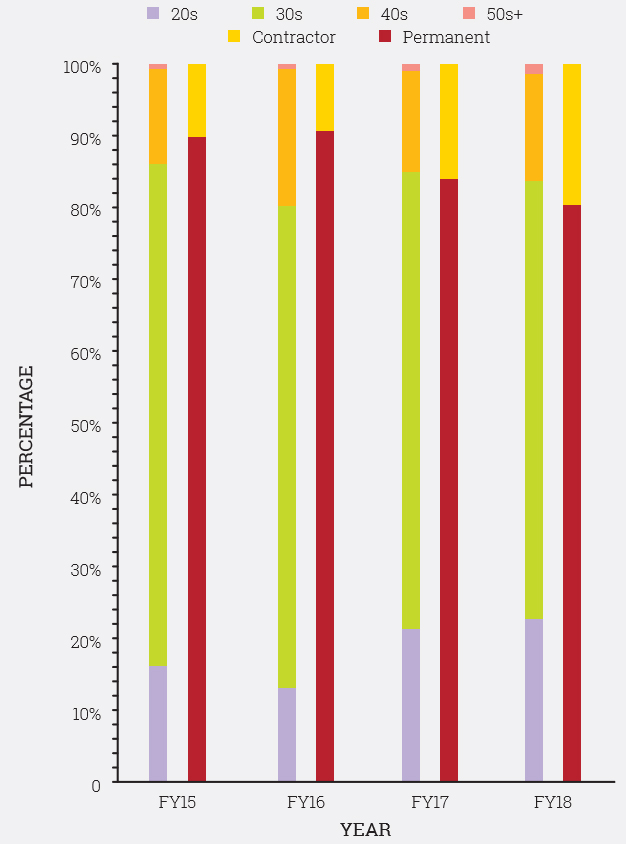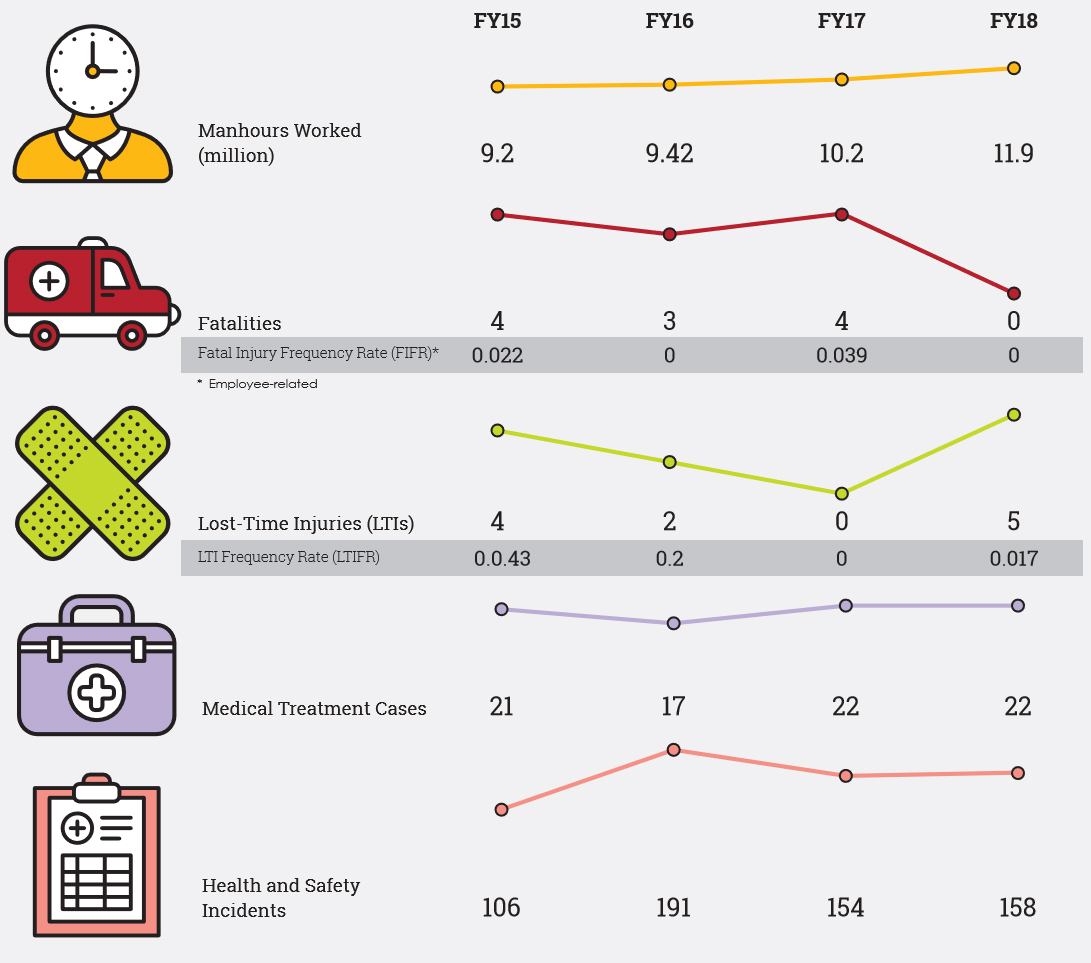We have set ourselves an aggressive target of increasing the number of our colleagues who are differently-abled to 5 per cent by March 2021. We have made some progress during the year, but it was a year of preparation and researching best practices overall.
As well as providing each division with specific targets for the next three years, we began an outreach programme at institutions of higher learning to meet and explore career options with differently-abled people during the year. The purpose of the programme is to learn more about the needs of differently-abled people and to ensure that they are aware of the opportunities we offer.
We have also started working with several organisations, such as the Kenya Union for the Blind (KUB) and the Kenyan Paraplegic Organisation (KPO), to form a network through which we can identify suitable candidates. We are also liaising closely with our existing colleagues who are differently-abled to better understand their needs and challenges, providing them with talent mapping and job shadowing opportunities and interview skills training.









